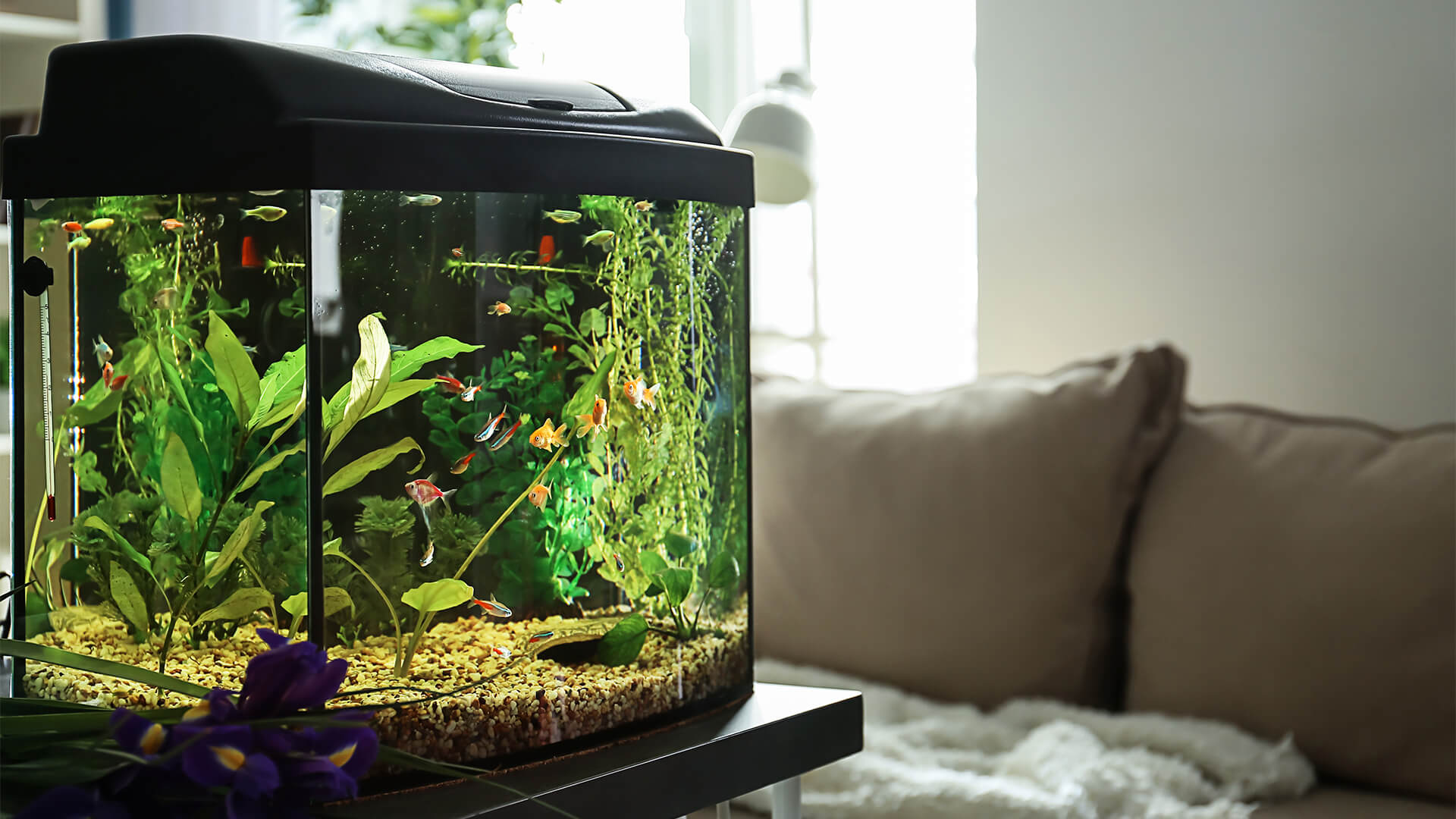
So you have just bought that brand new fish tank, or are just about to pick one up. Congrats! Your fish will love it and you will be able to enjoy watching them swim around for hours on end. But if you want your fish to stay alive, you need to make sure they are healthy first, which means taking proper care of the tank environment around them. This article is going to help give some tips on how to properly maintain a saltwater aquarium so you can better understand what is entailed in caring for your precious finned friends.
Get everything you need in advance
When you get the new fish tank home, make sure you have everything before you start setting it up. This means either getting a kit that already has all the equipment in it or going out and buying them yourself. It is a pain to run around looking for a tube or net that may be needed later on during setup. So do some research and know what you’ll need beforehand so there are no unpleasant surprises afterward. Many stores offer quality aquarium supplies online, so you can research and compare different offers and find what best suits your needs. Also, read the instructions thoroughly so you don’t end up using the wrong equipment or the right equipment the wrong way.
A properly stocked tank is a happy tank!
Just like with any living thing, the more you put in it, the more you get out of it. This is especially important with fish tanks because too many fish can cause problems for the tank environment due to over-population. The general rule of thumb is 1 inch of adult fish per gallon of water. Make sure your pet store knows how big your particular type and brand of fish will eventually get so they don’t sell you any that are too big to go in your sized tank! Another important point to make is that fish should be of a similar size and temperament. Smaller fish should not be kept with larger ones, as the larger ones may see them as food or competition for resources such as food and space. The same goes for aggressive versus calm temperaments.
Learn how to clean it properly
Believe it or not, clean water is even more important for fish than its dirty counterpart. This means that the tank needs to be cleaned at least once a month with water changing, which entails replacing about 10% of the total amount of water with fresh, dechlorinated freshwater. There are several different methods to doing this, but most aquarium owners will use a gravel vacuum in addition to the usual cleaning gear (bucket and sponge filter). Using these two items helps clean the tank by sucking up all the gunk at the bottom while also giving your fish some special attention through gentle scrubbing. Just make sure you are careful not to suck up any little fish in the process!
Monitoring pH levels
PH is an abbreviation for “power of hydrogen”, which makes it a measurement of the acidity or alkalinity of the water in your tank. The proper pH levels for the fish tanks are between 7.2 and 8.4 but can vary depending on what type of fish you have in your tank. For example, discus fish prefer their water to be around 6.5-7.5, while clownfish prefer levels above 8.0. Keeping pH levels consistent is key to keeping healthy fish with bright colors! Have in mind that the pH levels of your tank will change depending on what time of day it is, so make sure you check them more frequently in the morning.
Water temperature
Fish are cold-blooded, which means they depend on their environment to regulate their body temperature. Fish that are kept at room temperature will become sluggish and sickly, resulting in an overall poor experience for both you and your pet fish! As a general rule of thumb, try to keep your aquarium water between 76-78 degrees Fahrenheit by using an aquarium heater with thermostat controls. Just remember this number can vary based on what type of tropical fish or invertebrates you have in your tank!
Ammonia and nitrates are
These are two chemicals that are extremely toxic to your fish. Ammonia is excreted as urine by fish and will accumulate quickly if not removed through water changes, while nitrates (NO3) are less harmful but can accumulate faster than ammonia over time. Nitrates will also contribute to algae growth in your tank, which still doesn’t pose any serious threats to your aquarium environment but it’s always an unwanted addition! It’s best to test for these chemicals regularly with a liquid testing kit that can be found at most pet stores or online retailers of aquarium supplies.
Taking proper care of your fish is not that hard. It just takes a little bit of time and some patients. Having these tips in mind will help ensure that your fish live a long and happy life and let you enjoy your time watching them swim around your tank!











































